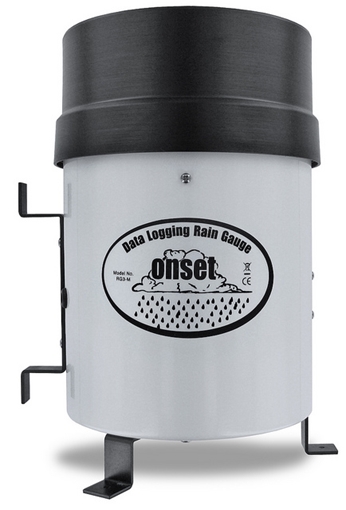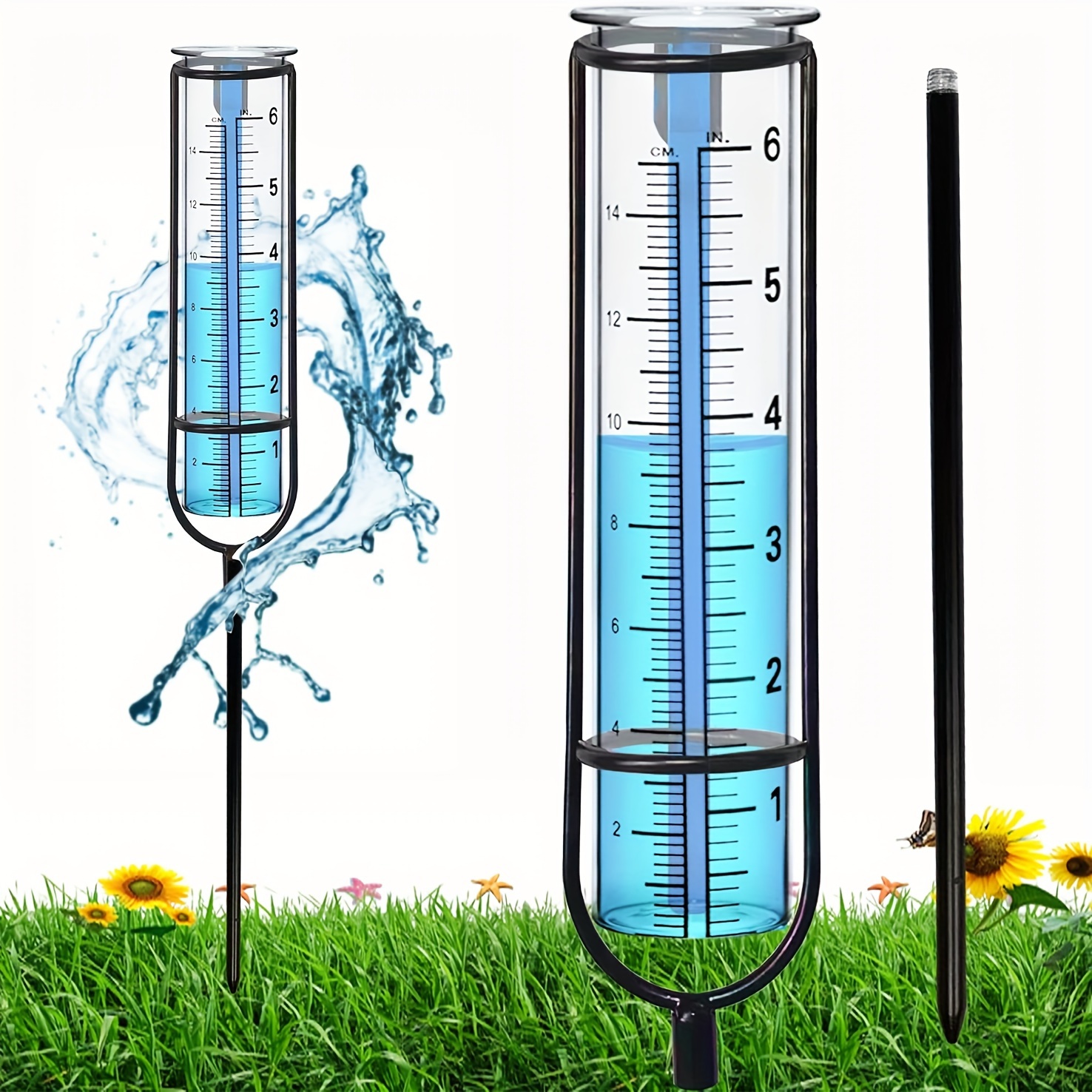Rain Gauge Buying Guide: What You Need to Know for Optimal Efficiency
Rain Gauge Buying Guide: What You Need to Know for Optimal Efficiency
Blog Article
Introducing the Scientific Research Behind Rain Gauges: Exactly How These Tools Play a Vital Duty in Climate Study and Environmental Surveillance
Rainfall evaluates, relatively simple gadgets, hold an extensive significance in the realm of environment study and environmental monitoring. As we peel back the layers of this scientific veil surrounding rain assesses, we reveal a world where precision, information precision, and thorough monitoring assemble to unveil a much deeper understanding of our transforming environment and its effect on the planet.
Significance of Rain Gauges
Rain determines play an important role in surveillance and determining rainfall degrees, providing vital data for environment research study and analysis. These tools are fundamental in measuring the amount of rainfall that happens in a particular location over a specific duration. By accumulating and measuring rainwater, rain evaluates offer valuable understandings into the distribution and strength of rainfall, aiding meteorologists, hydrologists, and climatologists in recognizing climate patterns and fads.
One of the vital reasons that rainfall gauges are critical is their capacity to give precise and localized data. Unlike satellite or radar-based dimensions, which offer wider monitorings, rain gauges offer specific details specific to the area where they are positioned. This localized information is important for numerous applications, consisting of flood forecasting, dry spell surveillance, and water resource administration. In addition, long-lasting information collected from rain assesses helps in analyzing climate modification impacts and patterns, adding considerably to clinical study and decision-making procedures. In essence, rain gauges offer as vital tools in the area of meteorology and ecological scientific research, playing an important duty beforehand our understanding of weather condition and environment dynamics.
Sorts Of Rain Gauges

Capability and Procedure
In the realm of climate research and atmospheric studies, the performance of rain gauges lies in their detailed capability and accurate functional mechanisms. Rain gauges are made to precisely gauge the quantity of rainfall that falls over a specific location during a collection period.
The capability of rainfall determines is based upon the concept of measuring and collecting rain in a standardized manner. This accumulated information is essential for recognizing regional weather patterns, tracking long-lasting climate fads, and analyzing ecological influences. To guarantee accurate measurements, rainfall determines need to be tactically positioned in open locations far from blockages such as structures or trees that can hinder the collection process.
The functional aspect of rainfall determines involves routine upkeep to stop particles buildup, calibration checks to preserve dimension precision, and data taping for evaluation (rain gauge). In general, the performance and procedure of rainfall determines are vital for collecting reliable rainfall information important to climate research study and environmental surveillance
Function in Environment Research Study
Given the critical relevance of precise precipitation measurements in understanding weather condition patterns and ecological influences, the function of rain assesses in environment research is crucial. Rain assesses offer essential information for environment study by evaluating the quantity of rainfall that falls over a details location throughout a provided period. This data is critical for keeping check this site out an eye on long-term patterns in rainfall patterns, examining the impact of environment modification on rainfall distribution, and boosting climate versions.

Environment scientists use data gathered from rainfall determines to analyze variants in precipitation degrees, recognize local environment patterns, and evaluate the effectiveness of water resource management strategies. By comparing historic precipitation information with present dimensions, scientists can detect changes in rainfall patterns, such as modifications in the frequency or strength of rains occasions. This details is important for comprehending how climate modification is influencing rainfall dynamics and can assist policymakers make educated decisions pertaining to adaptation and reduction strategies.
Applications in Ecological Monitoring

In flooding projecting, rain gauge information aids to track rains intensity and distribution, allowing authorities to release prompt warnings and take essential steps to mitigate flood threats (rain gauge). Dry spell monitoring depends on rainfall gauge data to analyze moisture levels in the dirt and track rainfall deficits, helping in the identification of drought-prone areas and the application of dry spell reaction strategies
Furthermore, rain scale information plays a vital function in water resource administration by offering information on water schedule and usage fads. This information is made use of to make enlightened decisions regarding water allocation, conservation procedures, and sustainable water resource preparation. Furthermore, in agriculture, rainfall scale information helps farmers in maximizing irrigation routines, plant selection, and total ranch monitoring practices based upon neighborhood rainfall patterns. In general, rainfall evaluates are essential tools in ecological monitoring, using valuable insights that add to notified decision-making and sustainable resource administration.
Verdict
Finally, rainfall gauges are important devices for measuring precipitation, supplying valuable data for climate research study and ecological surveillance. With numerous types and performances, rainfall gauges play a crucial function in understanding precipitation patterns and their effect on the setting. By precisely determining rains, these devices add to the development of clinical knowledge and aid in making informed decisions relevant to water source monitoring and calamity preparedness.
Rainfall evaluates play a crucial role in surveillance and measuring precipitation levels, supplying important data for climate research and analysis. The basic rainfall scale, known as the "tipping bucket" gauge, is one of the most commonly used gadgets. Ultrasonic rain determines use noise waves to identify the presence of rain, supplying real-time information on precipitation degrees.Environment scientists make use of information collected from rainfall determines to evaluate variants in rainfall degrees, recognize regional climate fads, and assess the efficiency of water resource administration strategies.In verdict, rain evaluates are vital devices for measuring rainfall, giving important data for climate research study and ecological surveillance.
Report this page